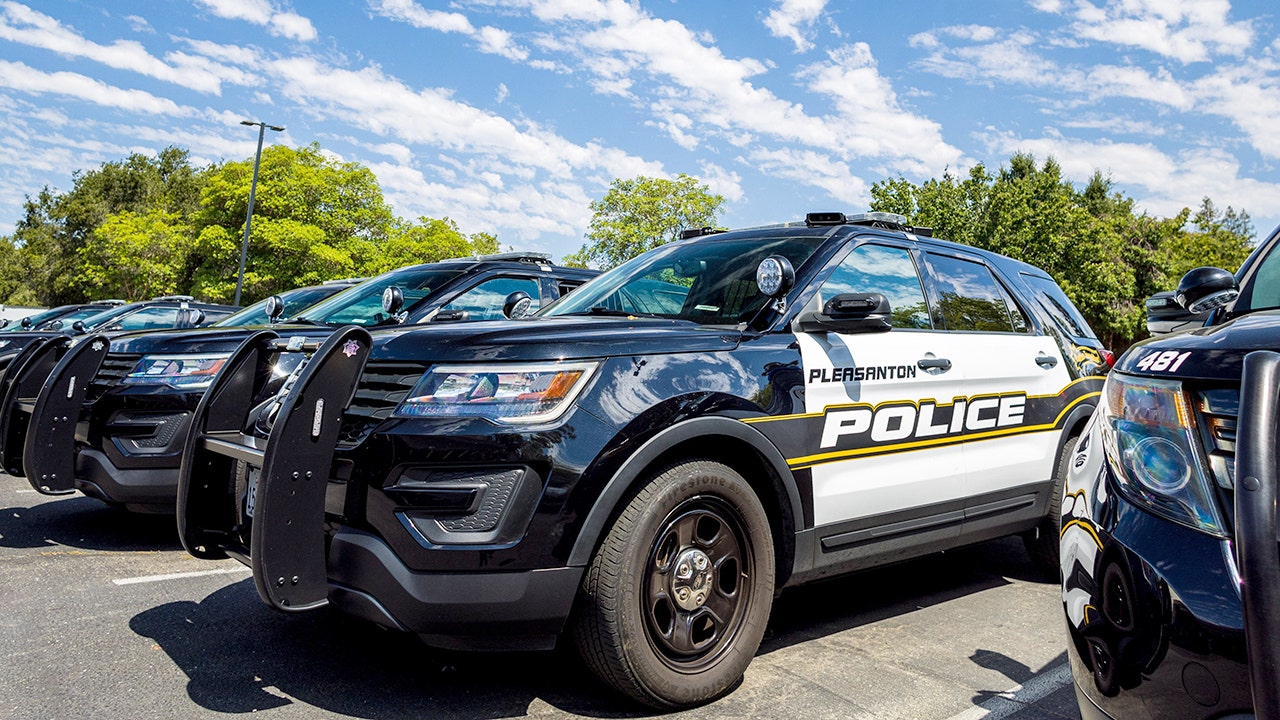The famed burled arch finish line for the Iditarod Trail Sled Dog Race has collapsed into a wood pile in Alaska, officials said.
Nome Mayor John Handeland told Anchorage television station KTUU that wood rot was the likely cause. He found out about the collapse Saturday night, and salvaged pieces of the wood for safekeeping.
RECORD-SETTING IDITAROD WIN OVERSHADOWED BY DEATH OF 3 DOGS
The iconic arch that is moved onto Nome’s Front Street every March for the Iditarod finish had been located at a city park in the middle of town when it collapsed. Mushers start the race in Willow and complete the 1,000-mile (1,609-kilometer) race across Alaska by guiding their dog teams under the arch.
In this March 16, 2015, volunteers help raise the Iditarod finishers banner at the burled arch finish line in Nome, Alaska. Nome Mayor John Handeland said the arch collapsed Saturday, April 27, 2024, likely from wood rot. (AP Photo/Mark Thiessen)
Messages seeking information about replacing the arch sent to both Handeland, who was traveling Monday, and Iditarod race officials were not immediately returned to The Associated Press.
This year’s Iditarod was marred by the deaths of three sled dogs during the race and serious injuries to another. That led the race’s biggest critic, People for the Ethical Treatment of Animals, to renew its call for the race to end.
When learning of the arch’s collapse Monday, the animal rights group posted on the social media platform X: “There’s nothing like the #Iditarod finish line’s arch rotting & collapsing to signal that the race is on its last leg.”
The arch that collapsed was not the original. The first arch was built by musher Red “Fox” Olson. It weighed 5,000 pounds (2267.96 kilograms) and took about 500 hours to complete in 1974.
That arch was damaged in 1999 while being moved off Front Street. It has been restored and hangs on the wall of the recreation center in Nome.
A new arch was completed in time for the 2000 race, but cold, salty winds blowing off the Bering Sea necessitated frequent repairs, including major work in 2013.
The sign was a popular selfie spot for tourist photos, whether it was on Front Street or moved to another location after the race.




